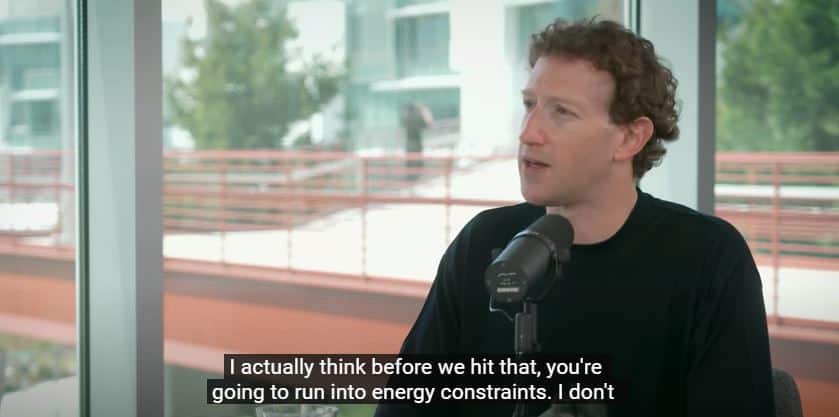Two years ago, the CSIRO said of small modular (nuclear) reactors (SMRs) that they “did not see any prospect of domestic projects this decade” due to “commercial immaturity and high costs.” Cheap, distributed energy from wind and solar plants remained by far the most cheap source of energy.
Assessing cost and value, though, depends upon where you stand, and there is now an emerging use case where nuclear power apparently makes a lot of sense.
It became clear last month that Big Tech is going in on nuclear. A series of announcements from the major companies show how this is playing out.
In late September, Microsoft signed the largest ever corporate power purchase agreement. It committed to buying over 800MW of energy from Constellation Energy, the operator of the Three Mile Island nuclear plant. This is the same site whose plant suffered a partial core meltdown in the US’s most serious nuclear accident in 1979. “This agreement is a major milestone in Microsoft’s efforts to help decarbonize the grid in support of our commitment to become carbon negative,” the company said.
Google has also signed a deal with a nuclear power provider, which was announced last month. The deal is for 500MW of nuclear energy to be added to the grid with Google as the preferred buyer. Google claims that small nuclear reactors are becoming popular “thanks to their simplified design and robust, inherent safety.” Google’s current goal is to run on zero-carbon energy at all hours of every day by 2030.
Just two days after Google’s announcement, Amazon made a similar one. The company is partnering with the Washington state energy utility to build four small modular reactors to produce 380MW of energy. Amazon is also taking a stake in the plant developer, X-Energy.

Microsoft, Google and Amazon are all touting the benefits of their plans for the zero-carbon energy transition. However, the truth is probably closer to the revelations from Meta CEO Mark Zuckerberg earlier this year.
Zuckerberg said that energy, and no longer computer chip supply, is the new bottleneck to AI development. “Right now, there are a lot of data centres in the order of 50MW or 100MW. A big one might be 150MW. Okay. … But no-one has built a gigawatt data centre yet.” Meta itself had an entire data centre dedicated to training its latest AI model (Llama-3), which is now embedded in Whatsapp, Facebook, etc.
So while distributed energy makes sense for society as a whole, these major energy consumers are opting for concentrated, stable supply. For better or worse, it appears this is going to lead to significant expansion in nuclear energy roll-out and technology.
Thumbnail image courtesy of @fredography via Unsplash.
Sign Up To Our Free Newsletter